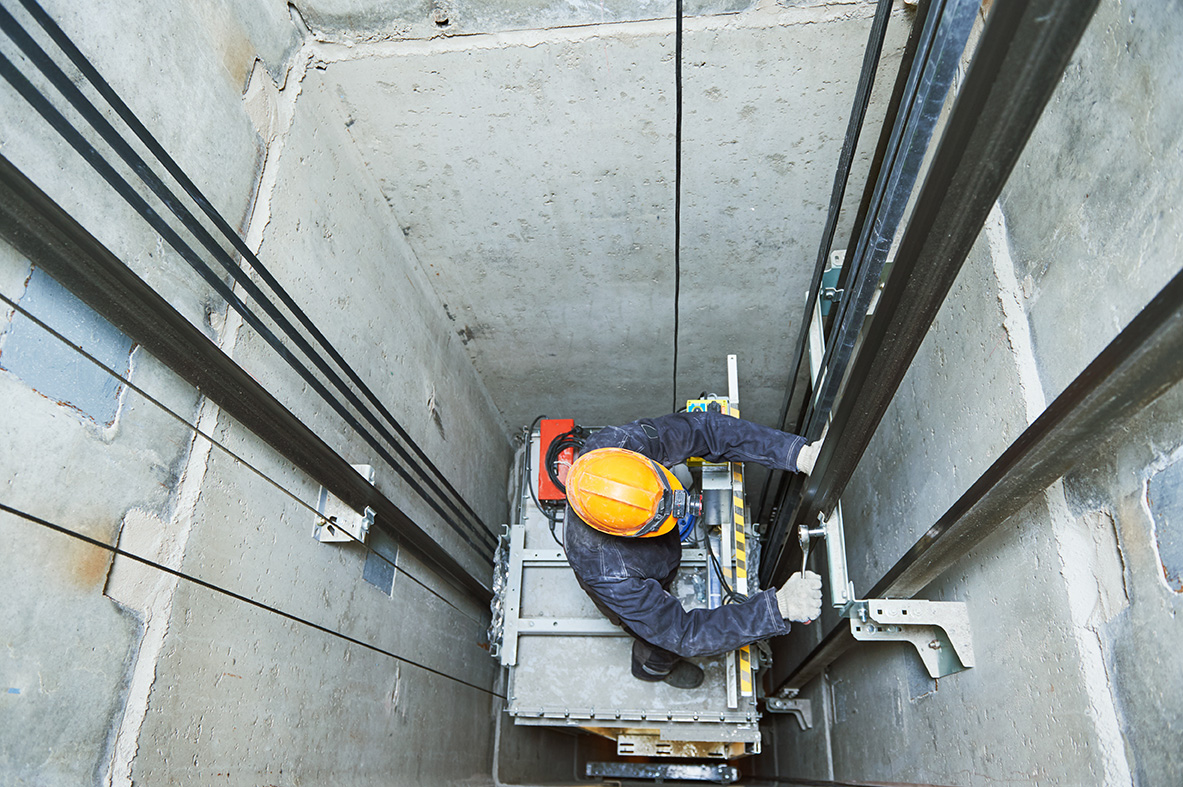Comprehensive Overview to Lift Solutions and Their Upkeep
Browsing the complex world of elevator systems and their upkeep is a job that requires precision and knowledge. From the numerous sorts of elevator systems in usage to the careful adherence to security regulations, the upkeep of these upright transport devices is a complex venture. As buildings rise higher and technology advances, the requirement for a detailed understanding of elevator systems becomes significantly important. Join us as we decipher the complexities of elevator upkeep, checking out typical problems, best techniques, and innovative technologies that form the modern landscape of upright transportation.
Kinds of Elevator Solutions
Elevator systems come in numerous kinds, each made to match details structure demands and user needs. The most typical types include hydraulic lifts, traction lifts, machine-room-less lifts, and vacuum elevators. Hydraulic elevators are excellent for low-rise buildings and utilize a hydraulic piston to relocate the lift vehicle. Traction lifts, on the other hand, are much more suited for skyscrapers and use steel ropes and weights to move the cars and truck. Machine-room-less lifts are a space-saving alternative as they do not need a different device space for the elevator machinery. Vacuum cleaner lifts, an extra modern-day innovation, use atmospheric pressure differentials to relocate the car within a transparent tube.
Each sort of lift system has its own advantages and downsides, making it vital for structure owners and designers to carefully consider their details demands before selecting the most suitable option. Elements such as building elevation, room accessibility, energy efficiency, and budget restraints all play a substantial duty in determining the most effective lift system for a specific building.
Common Upkeep Problems
Normal upkeep of lift systems is essential to guarantee smooth operation and extend their life expectancy. Regardless of normal maintenance, lift systems can still come across typical maintenance problems that need to be promptly dealt with to protect against interruptions in service. Normal evaluations and aggressive upkeep can aid recognize and settle these typical maintenance issues prior to they escalate and impact the total efficiency of the lift system.
Safety Regulations and Conformity
Complying with rigid security policies and ensuring conformity with market requirements are paramount for keeping the functional integrity of lift systems. Lifts go through a comprehensive collection of security regulations to guard travelers, maintenance employees, and the public. Regulatory bodies such as the Occupational Safety And Security and Health And Wellness Administration (OSHA) in the USA and the European Lift Association (ELA) in Europe develop guidelines that cover numerous elements of elevator style, setup, procedure, and maintenance.
Conformity with these guidelines is not just a legal requirement but additionally a moral responsibility for building important source proprietors and elevator maintenance firms. Routine examinations, upkeep checks, and adherence to security protocols described in the laws are important to make sure the reliable and risk-free operation of lift systems.
Ideal Practices for Upkeep

Structure proprietors should additionally consider spending in modernization upgrades to boost the effectiveness and security of their lift systems. By adhering to these best practices, elevator systems can run efficiently and securely, giving dependable upright transportation for owners.

Advanced Technologies for Performance
Executing innovative innovations in elevator systems can dramatically improve functional efficiency and traveler experience. These systems allow passengers to input their preferred flooring prior to entering the lift, which then directs them to the most reliable automobile.
Furthermore, the integration of smart sensors and anticipating upkeep capabilities has actually transformed elevator upkeep. These sensors can discover potential concerns before they intensify, making it possible for proactive maintenance interventions and lessening downtime. Additionally, making use of energy-efficient parts and regenerative drives aids decrease power usage and operating expense in lift systems.
In addition, the implementation of cloud-based monitoring and remote diagnostics permits real-time tracking of elevator efficiency and instant troubleshooting of any malfunctions. This proactive strategy not just boosts system reliability but likewise improves the general individual experience by making sure smooth and nonstop lift operations.
Final Thought
To conclude, this contact form comprehending the different kinds of elevator systems, typical maintenance concerns, security policies, ideal upkeep methods, and progressed modern technologies for efficiency is essential for guaranteeing the smooth procedure of elevators. By adhering to safety and security laws and executing best techniques for maintenance, structure proprietors can extend the life-span of their lift systems and make sure the security of guests. It is necessary to stay upgraded on the newest innovations in elevator technology to enhance performance and dependability.
The most usual types include hydraulic lifts, traction elevators, machine-room-less lifts, and vacuum cleaner elevators. Hydraulic elevators are ideal for low-rise buildings and use a hydraulic piston to relocate the lift car. Machine-room-less elevators are a space-saving option as they do not need a different machine room for the elevator machinery. Normal evaluations and positive maintenance can aid determine and deal with these common maintenance issues prior to they rise and impact the overall performance of the lift system.

Comments on “Best Lift Maintenance Company Options Near Me for Expert Lift Repairs”